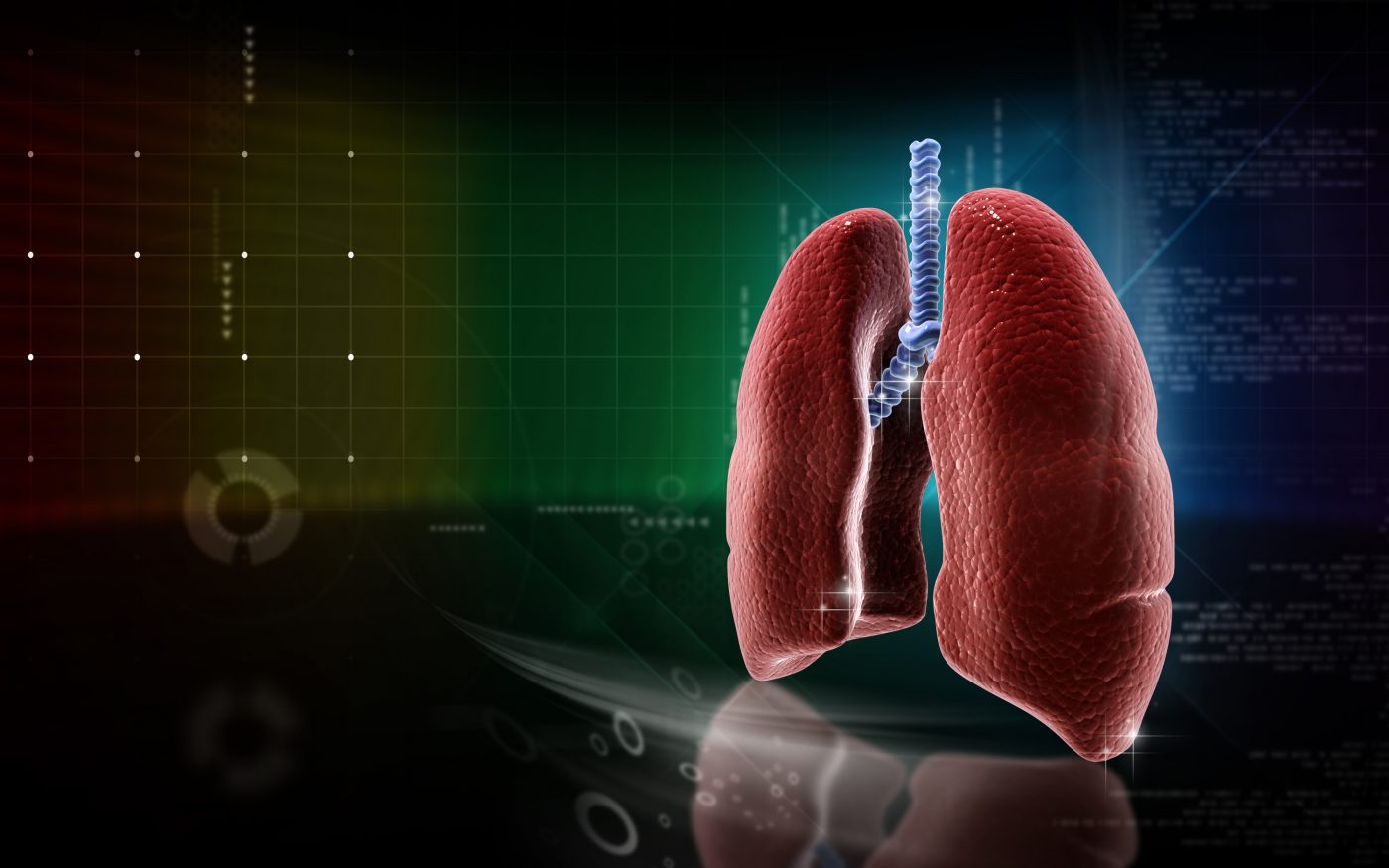Chemotherapy Treats 2 With Lung Cancer Without Worsening IPF
Written by |

Two people with idiopathic pulmonary fibrosis (IPF) and poor lung function underwent chemotherapy for small cell lung cancer (SCLC) while continuing with their antifibrotic treatment, with clinical benefit evident in both.
These findings suggest that “chemotherapy can be considered in patients with poor lung function due to the presence of both IPF and SCLC,” the scientists said. They also emphasized that antifibrotic therapies “cannot be discontinued” while IPF patients are undergoing cancer treatment, despite a higher risk of a flare.
Both cases were described in the study, “Chemotherapy in idiopathic pulmonary fibrosis and small-cell lung cancer with poor lung function,” published in the journal BMC Pulmonary Medicine.
People with IPF are at a high risk of developing lung cancer, including SCLC, an aggressive form of this cancer and one common to smokers. Outcomes are generally poor in IPF patients with SCLC, with chemotherapy associated with pulmonary exacerbations, or flares, and a risk of death.
“Therefore, the choice of chemotherapy should be made after careful consideration of the benefits and risks,” the researchers wrote.
Investigators in China described the cases of two IPF patients with poor lung function and a history of smoking whose SCLC was managed successfully with a chemotherapy regimen consisting of several courses of nedaplatin (80 mg/m2) plus etoposide (100 mg for five days) at their center.
The first patient, a 66-year-old man, had a five-year history of IPF and a 40-year smoking history. He was initially diagnosed with IPF after a high-resolution computed tomography (HRCT) chest scan revealed masses in both lungs. His lung function was diminished, with less than 60% diffusing capacity for carbon monoxide (DLCO), which measures the amount of oxygen transferred to the bloodstream.
He started treatment with glucocorticoids and Esbriet (pirfenidone), which eased some of his symptoms.
At a five-year follow-up, an HRCT chest scan revealed a new lung mass, as well as enlarged lymph nodes. A lung tissue sample was examined, and the patient was diagnosed with SCLC. He began chemotherapy (four cycles of nedaplatin), given along with his routine antifibrotic treatment.
Treatment successfully reduced the sizes of the lung mass, tumor, and lymph nodes without evidence of IPF worsening. Three months after starting treatment, the man remained stable.
“Therefore, we concluded that chemotherapy was relatively safe and the patient could benefit from chemotherapy,” the scientists wrote.
The second patient was a 68-year-old woman with a 30-year smoking history, who was admitted to the hospital with cough, difficulty breathing, and chest pains. She had extremely poor lung function, with less than 30% DCLO and respiratory failure, indicative of IPF.
An HRCT chest scan revealed signs of tissue scarring (fibrosis) in both lungs and enlarged lymph nodes. She was also diagnosed with SCLC after an examination of a lung tissue sample, and began chemotherapy. She was also started on glucocorticoids and N-acetylcysteine to manage fibrosis.
The woman recovered after six chemotherapy cycles, with a reduction in lung mass and no lymph node enlargement. Her IPF remained stable at follow-up one year later. As in the first case, the scientists concluded this patient also “benefited greatly from the chemotherapy.”
Still, the investigators noted an “individualized treatment is necessary for the management of patients with IPF and [lung cancer]” because of the risks associated with chemotherapy in this population.
“Our findings highlight the need for studies on the development of new therapeutic agents that would enable the successful management of both SCLC and IPF,” they added.






